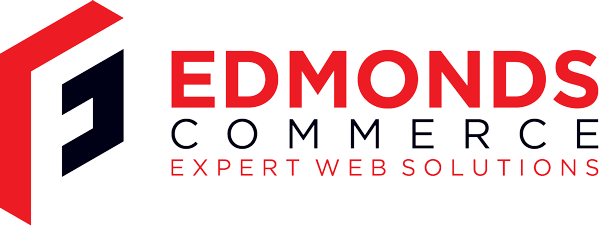13 Practices for Highly Effective Email Marketing
May 30, 2013 · 4 minute read
Category:
ecommerce
Each email email must have specific and measurable goals defined. For example - to read an article, sell a product or sign up for an event. It’s a Call to Action, a short but precise message which tells the recipient exactly what to do - no more, no less. The Call to Action is one of the most important email email elements; therefore it must be noticeable and inviting. This article will cover best practices on how to create a highly effective email.
If you are not sure on how to create a highly effective email that converts customers in to a successful sales leads, then here are the basic questions you need to ask yourself:
- What I want my recipients to do?
- How will they know how to do it?
- How will they benefit from doing what I want?
It sounds dead easy, but it’s not that simple, because you don’t want to scare away your customers with an overly insisting tone. On the other hand, if you don’t give your recipient clear guidance on what to do it is most likely they will not do it.
Here are the core principles on how to create a highly effective email:
1. The value of the email
Your Call To Action must clearly communicate the benefits that the customer will receive. Benefits must be clearly visible, order them by priority.
2. Use simple and convincing language
Remember that your recipients are wise and most likely - very busy people. Therefore make the message as clear and simple as possible. Don’t make their lives more complicated by using complex language and long paragraphs. Ease their decision and make the choice simple.
3. Make the email urgent and limited
When the message is urgent and somehow limited (for first 50 respondents or while product is in stock, etc), people are more motivated to act. Use words like Now, Today, Only, Limited, etc. Say why they must act now, explain the benefits.
4. Catchy headlines
Web users read by scanning the headlines, therefore they must be short, but catchy. The main point regarding the headline is not to sell the product (if you sell one), but to engage recipient to read the content of the email.
5. Use numbers and make them meaningful
Numbers deliver a clear message, they create an impression. However, numbers alone are meaningless, use them in context. For example, 4Gb of music storage is meaningless, say how many songs it can carry. Feel free to break it down even further.
6. Ask questions
Questions are great for attention grabbing. Especially, when you send a targeted email, you most likely know your audience and you know what they need. Make sure you ask. For example - Is your laptop too heavy? And follow with an immediate solution. Create questions so they are intriguing and recipients want to know more.
7. Less is more. (Yes)
Don’t include too many Call To Actions. Don’t over fill the email with products or offers. It is very easy for the recipient to get lost if there are too many adverts.
8. Call To Action placement
Remember to place your Call To Action in a highly visible location. If you have multiple Calls to Action make sure that the supporting information is clearly grouped. The primary message has to be as close to the top as possible with supporting information or offers taking position below the fold.
9. Related design and style
Your email email need to use represent your company and branding. Don’t try to use different design, colours and overall style in your email. Recipients remember who you are (or at least they should), changing email design will only bring in confusion and most likely dramatically reduce the conversions.
10. Use a consistent layout
Your email must be well organized and content should be prioritized. Do this by placing elements within the layout. Once your email design is created, stick to it. Don’t try to use different sizes and colours, unless you are testing various variations for better conversion rates.
11. Use white space
White space is good. It’s not unused sales place. It actually helps the recipient to focus more on the proposal without distraction.
12. Send relevant content to the right audience
Emails shouldn’t be generic. Most mistakes are made when a proposal is created that is very generic and sent out to everyone - it can apply to everybody on your list or none at all. Make sure that you know your audience and you send offers that are relevant to them. This can be done by automatically grouping customers by what they’ve browsed or bought recently. This is normally called List Segmentation for example only emailing people who have bought a blue widget in the last six months.
13. Don’t send for the sake of it
Add value to your emails. Send offers that are really beneficial to the target customer. Make them anticipate your offer. If you send overly frequent and generic emails, you risk simply loosing subscribers.
